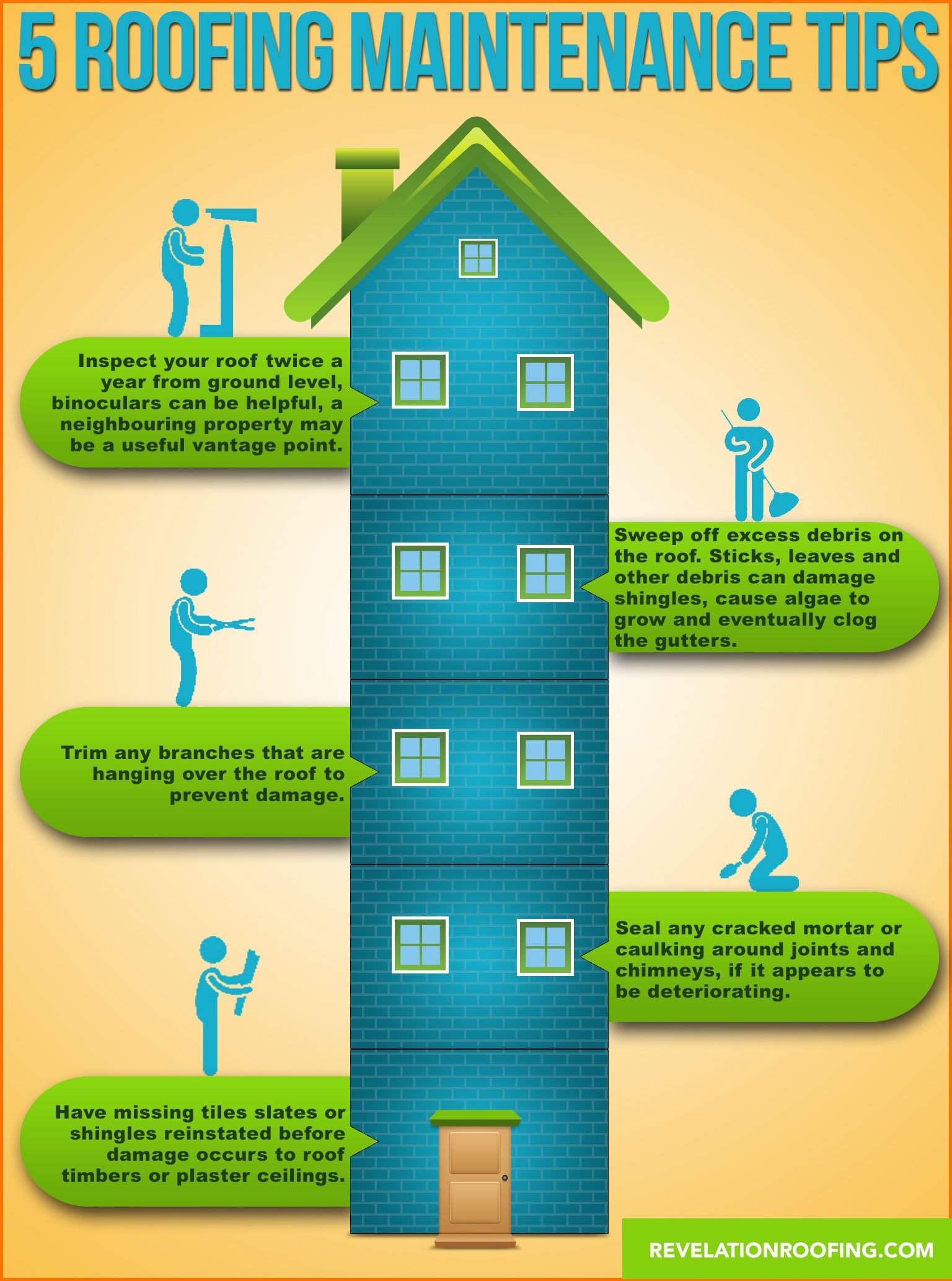Identifying Concealed Roofing System Issues Prior To They Escalate
Identifying Concealed Roofing System Issues Prior To They Escalate
Blog Article
Developed By-Pittman Donaldson
You could not recognize it, yet your roof covering is silently antagonizing the components daily, and surprise problems can cause significant issues if you do not catch them early. By performing Suggested Reading and knowing what signs to try to find, you can shield your home from pricey repair work. Keep an eye out for missing out on tiles and those refined dark areas on your ceiling that can show leakages. However that's just the start; understanding when to act and when to call in an expert can make all the difference. What should you be looking for?
Common Signs of Roof Covering Damage
When you inspect your roof, look very closely for common indicators of damage that can cause bigger issues in the future.
Beginning by looking for missing out on or cracked shingles; these can allow water to seep in and create leaks. Pay attention to granule loss, which can suggest that shingles are aging and shedding their safety layer.
Next off, examine the blinking around chimneys and vents. If you detect rust or voids, water can conveniently enter your home.
Try to find sagging areas on the roofing, as this could indicate structural damages or the build-up of moisture.
Don't forget to check for moss or algae growth; while they could appear safe, they can trap dampness and accelerate deterioration.
Inspect the rain gutters for debris and indications of water overflow, as this can suggest an obstruction or inappropriate drainage.
Lastly, watch on your ceilings and wall surfaces for water stains or peeling off paint, as these could be hints that your roofing system is dripping.
Attending to these indications promptly can help you avoid much more significant repairs and extend the life-span of your roof covering.
Inspecting Your Roofing System Consistently
Regular roofing evaluations are critical for maintaining the stability of your home. By keeping a close eye on your roof covering, you can catch troubles early, saving yourself money and time over time. Objective to evaluate your roof covering at the very least twice a year-- once in the spring and as soon as in the autumn. This timing aids you attend to any kind of damage caused by winter season climate and get ready for the upcoming seasons.
When evaluating, start from the ground. Usage binoculars to look for missing out on tiles, fractured tiles, or any type of indicators of wear. Seek sagging areas or dark spots, which might indicate leaks. Do not neglect to inspect the rain gutters, as blocked or broken rain gutters can cause water buildup and roofing damage.
If you fit, climb up to the roof to obtain a more detailed look. Take note of flashing around smokeshafts and vents, as these areas are prone to leaks. Be cautious and ensure you have a risk-free method to access your roofing system.
Routine upkeep, like cleansing debris and moss, will certainly likewise aid prolong your roof's lifespan. Remaining aggressive about examinations can help you find concealed concerns prior to they escalate.
When to Call a Specialist
Usually, property owners wait to call a specialist for roof covering concerns, thinking they can handle repair work themselves. However, knowing when to seek Discover More can save you time, cash, and stress and anxiety. If you observe substantial leaks, extensive water damage, or dark areas on your ceilings, don't wait. These signs might indicate major underlying issues that call for experienced focus.
If your roof is older than 20 years, even minor issues can escalate promptly. Fractured roof shingles, missing floor tiles, or drooping areas are warnings that require a professional evaluation.
Furthermore, if you're awkward climbing onto your roofing or do not have the necessary devices and experience, it's ideal to leave it to the pros.
When tornado damages happens, such as hailstorm or high winds, it's crucial to obtain an analysis from a qualified specialist. They can identify concealed issues that might compromise your home's stability.
Lastly, if you've tried fixings yet the issue lingers, do not wait to call in a professional. They'll bring the understanding and abilities required to ensure your roof covering is safe.
Conclusion
By staying watchful and evaluating your roofing system routinely, you can detect covert concerns prior to they intensify. Watch out for common indications of damage, like split shingles or dark spots on your ceilings. If you discover anything worrying, don't be reluctant to call an expert. Taking these proactive steps not just safeguards your home but also saves you from pricey fixings in the future. Keep in mind, a little maintenance now can go a long way in keeping your roofing system in leading shape.
